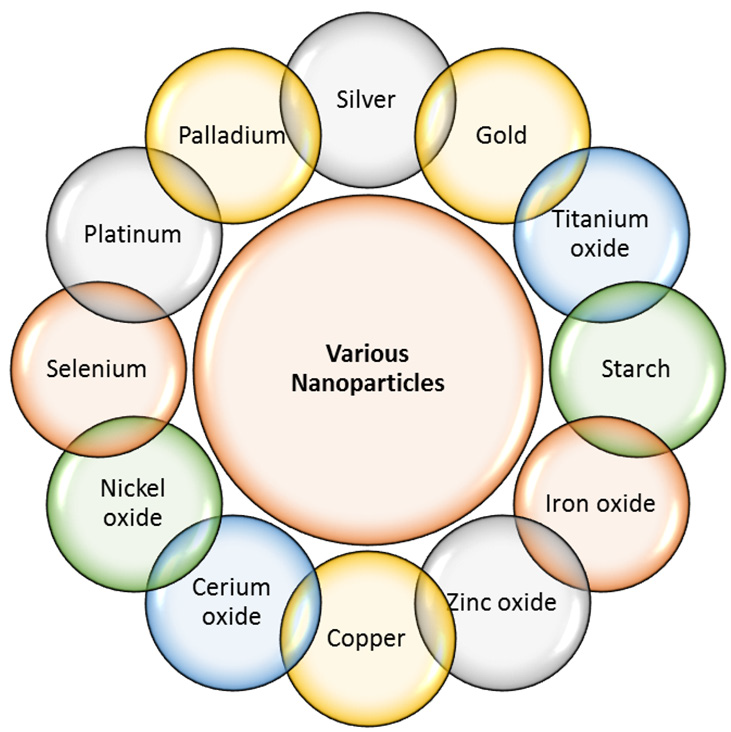A Comprehensive Review on the Antioxidant Properties of Green Synthesized Nanoparticles: In Vitro and In Vivo Insights
DOI:
https://doi.org/10.5530/fra.2024.2.6Keywords:
Antioxidants, Bioactive compound, Free Radical, Green synthesis, Medicinal, NanoparticleAbstract
The use of green-synthesized nanoparticles has emerged as a promising avenue for enhancing antioxidant activity in various applications, including medicine, environmental protection and food preservation. This review provides a comprehensive overview of the role of nanotechnology in antioxidant activity, focusing on the green synthesis of nanoparticles using plant-based extracts. The paper begins by discussing the types of antioxidants, categorizing them into enzymatic, non-enzymatic and synthetic compounds and highlighting their mechanisms of action in scavenging free radicals. Various antioxidant assay methods, including DPPH, ABTS and FRAP, are examined for their effectiveness in evaluating antioxidant potential. The review also delves into the role of medicinal plants in the green synthesis of nanoparticles, detailing how bioactive compounds in plant extracts contribute to the reduction and stabilization of metal ions into nanoparticles. The types of green synthesized nanoparticles covered include silver, gold, titanium oxide, starch, iron oxide, zinc oxide, copper, cerium oxide, nickel oxide, selenium, platinum and palladium, each with unique properties that influence their antioxidant activity. The interaction between these nanoparticles and free radicals, as well as their potential synergistic effects with other antioxidants, is discussed. Finally, the review highlights the benefits of using green synthesis methods over conventional chemical synthesis, emphasizing sustainability, cost-effectiveness and the reduced environmental impact. This work underscores the growing potential of green-synthesized nanoparticles as powerful antioxidant agents, offering new insights into their applications and future directions in both scientific research and industrial innovation.
Downloads
Metrics





